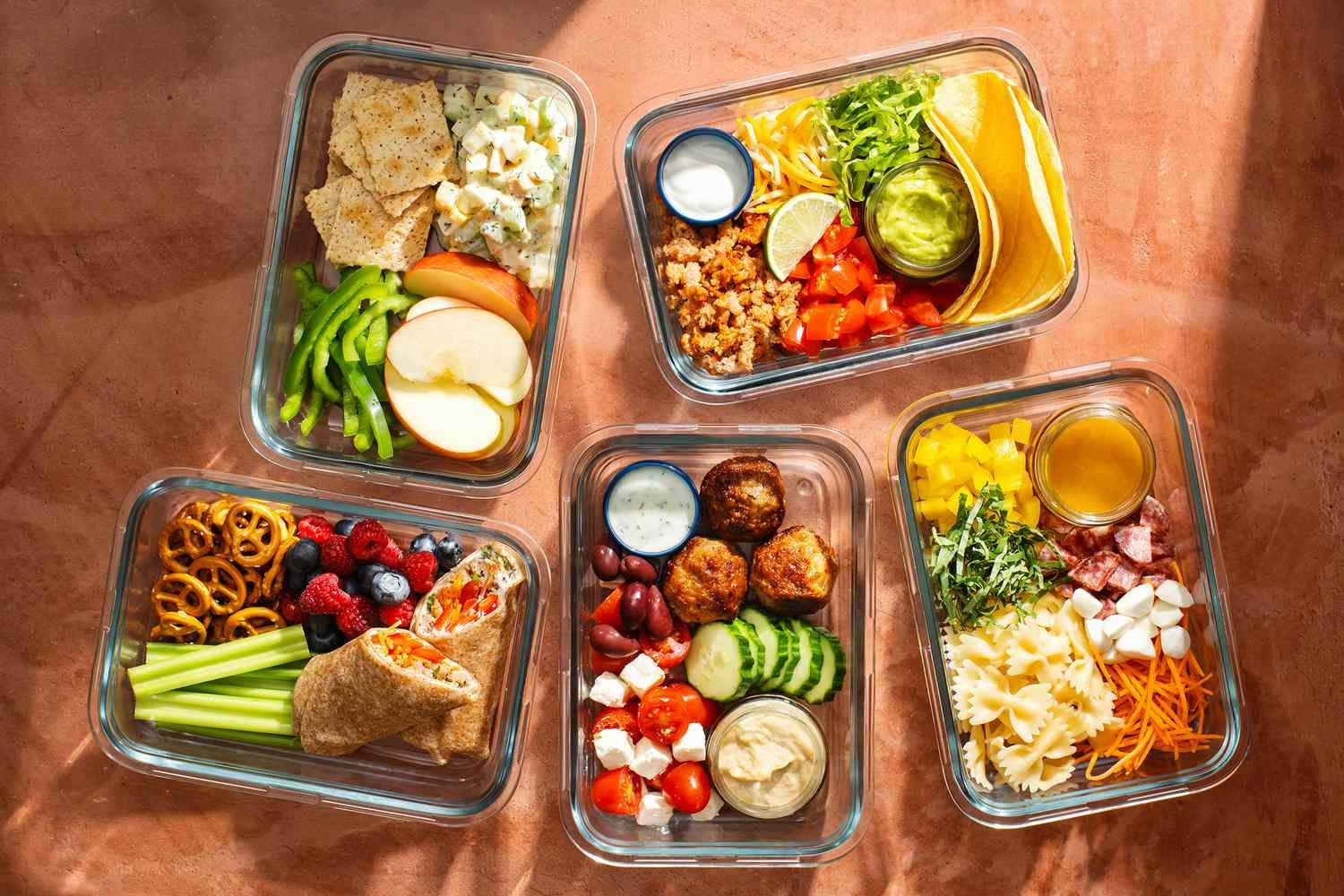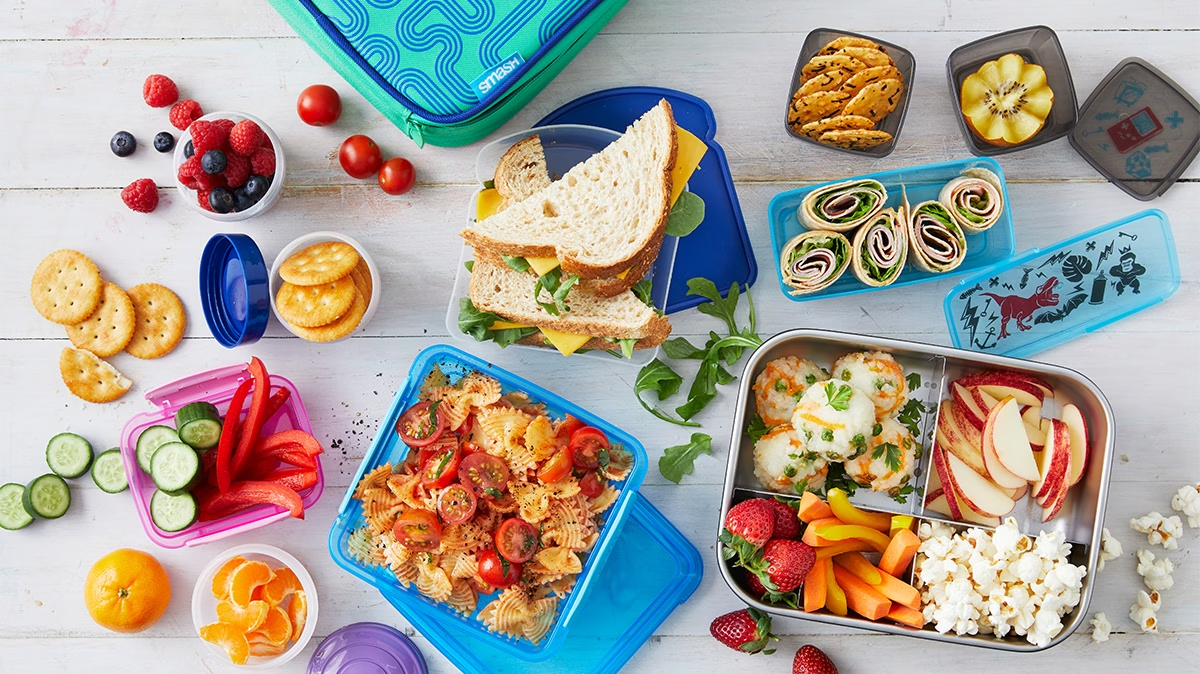Introduction
Looking for the best protein-rich diets to try in 2025? Protein plays a key role in building muscle, boosting metabolism, and keeping you full longer—making it one of the most important nutrients for weight loss, fitness, and healthy aging. With so many options available, from the Mediterranean diet to plant-based high-protein meal plans, it can be hard to know which one suits your lifestyle. This article explores the top 10 high-protein diets, their proven benefits, and practical tips so you can choose the best plan for your health goals.
1) High-Protein Mediterranean
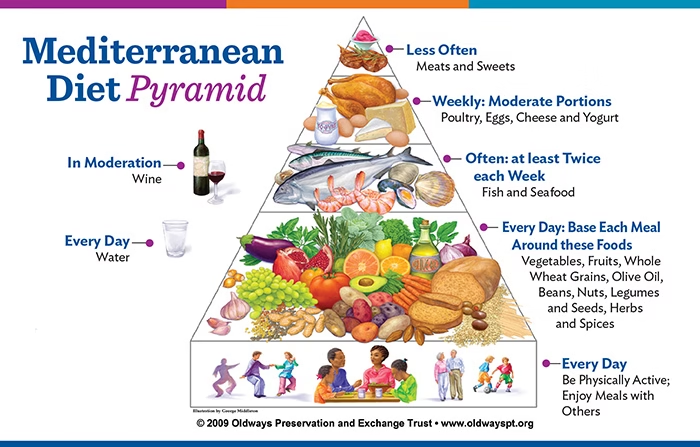
The classic Mediterranean pattern—vegetables, legumes, whole grains, olive oil, nuts, fish—with a deliberate bump in daily protein (usually via fish, Greek yogurt/skyr, eggs, legumes, and poultry). Updated pyramids and ongoing research continue to refine this heart-healthy mainstay.
It is easy to reach 1.0–1.2 g/kg/day by leaning on dairy (strained yogurts), legumes, fish/seafood, and poultry.
Mediterranean-style eating is consistently linked with cardiometabolic and cognitive benefits; a recent Nature Medicine-covered analysis suggests risk reductions for dementia even in genetically susceptible individuals.
Best for people prioritizing heart and brain health who want variety and dining flexibility, though calories can creep up from olive oil and nuts, so mindful portions are key for weight loss.
2) High-Protein Plant-Forward (Vegan or Vegetarian)
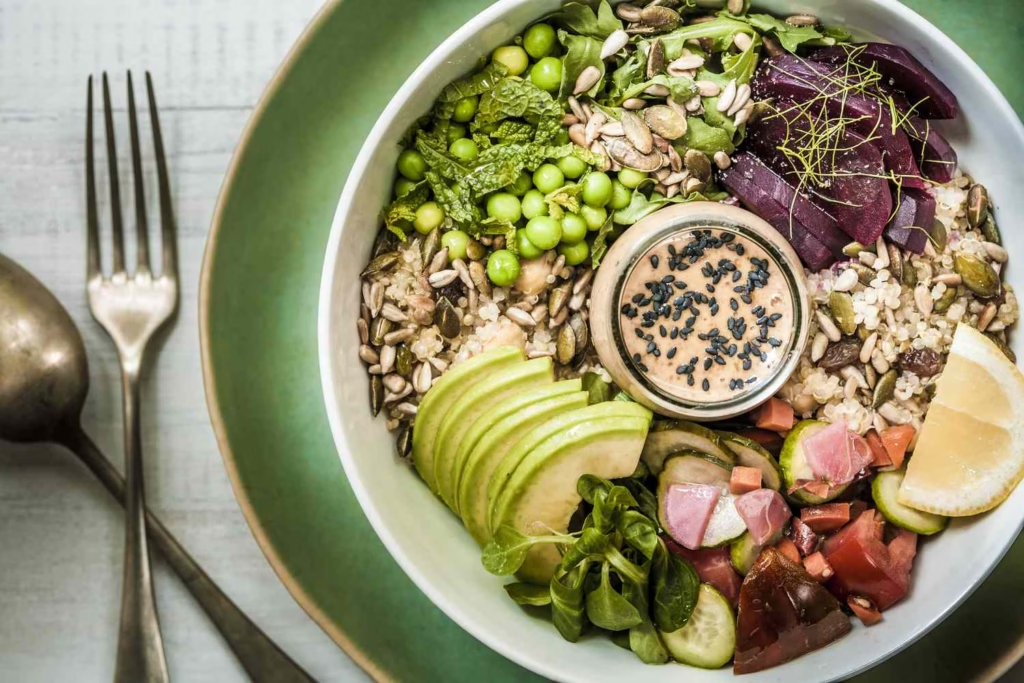
A plant-centric template that intentionally targets higher protein using legumes, tofu/tempeh, seitan, edamame, textured soy protein, high-protein grains (e.g., quinoa), and dairy/eggs if vegetarian.
Modern plant foods such as tofu, tempeh, seitan, soy yogurt, and protein-enriched pastas make 90–120 g of protein per day achievable for many adults, and studies show that a higher ratio of plant to animal protein is linked to lower cardiovascular risk and healthier aging profiles, especially among women.
Best for those seeking cardio-protective, sustainability-minded eating with plenty of fiber, though older adults may need careful planning to optimize leucine and total protein by aiming for ~25–40 g per meal with ~2–3 g leucine from sources like soy, dairy, or blended legumes and grains.
3) Pescatarian-Plus Protein

A mostly plant-based diet that includes fish, seafood, eggs, and dairy provides high-quality protein without relying on red meat.
Small oily fish (sardines, mackerel) add omega-3s and micronutrients and have been associated with reductions in certain mortality risks in women; plant-rich, seafood-inclusive patterns align well with longevity data.
Best for people who enjoy seafood, want simpler meal prep, and value omega-3 intake, but should watch mercury levels in large predatory fish by rotating species.
4) High-Protein DASH (a.k.a. “DASH-Pro”)
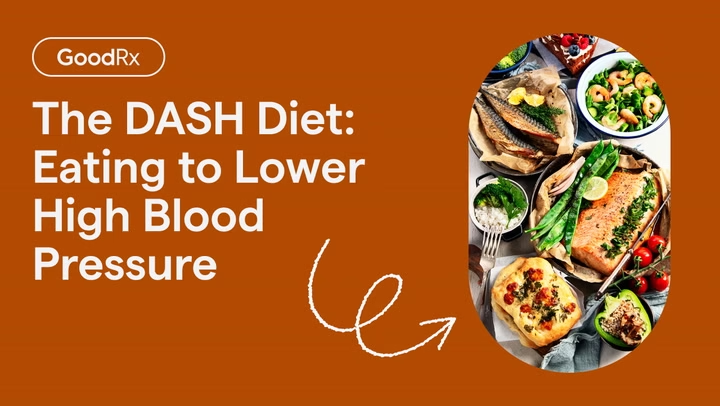
The blood-pressure-friendly DASH diet (vegetables, fruits, low-fat dairy, whole grains, legumes, nuts, lean meats) with a protein emphasis.
Low-fat dairy (e.g., cottage cheese, skyr), legumes, and poultry/fish help hit 1.0–1.2 g/kg/day while keeping sodium purposeful.
DASH remains first-line for hypertension; adding protein can enhance satiety and weight-management efforts while maintaining cardiometabolic advantages.
Best for individuals targeting blood-pressure control and steady weight loss, but watch out for high-sodium cheeses and cured products—always check labels.
5) High-Protein, Lower-Carb (Non-Keto)
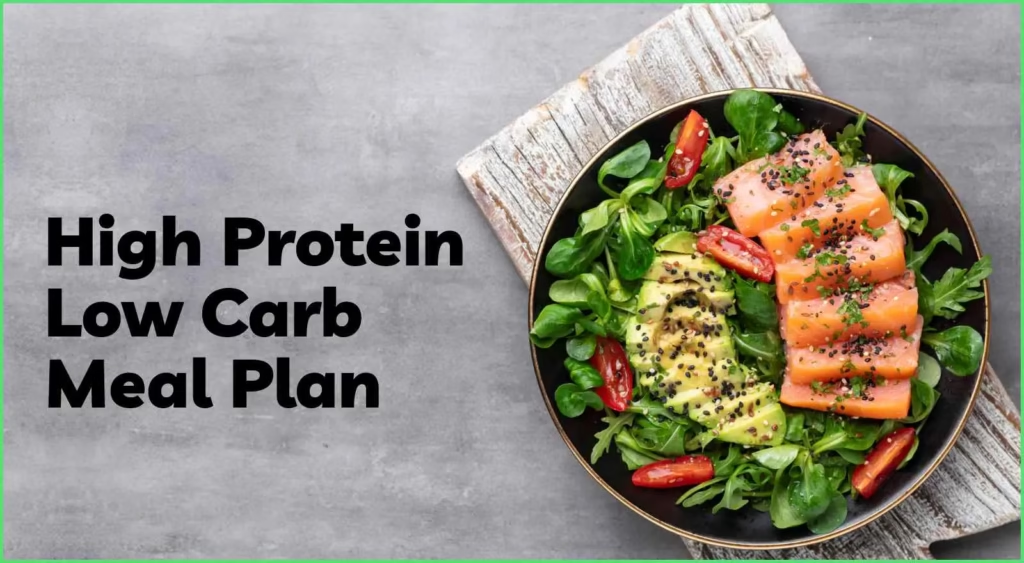
Carbs are moderated (not eliminated) while protein is emphasized, usually 30–40% of total calories from protein and 25–35% from carbs, with the remainder from fats.
The macro split prioritizes lean protein at each meal (e.g., chicken, fish, eggs, Greek yogurt, tofu).
Reviews point to improved satiety, modest metabolic advantages (thermogenesis), and better body composition with higher-protein intakes, independent of extreme carb restriction.
Best for people who like structured macros but prefer flexibility with fruit and whole grains, though carbs may need adjusting on training days to prevent performance dips.
6) High-Protein Ketogenic (Targeted or “HP-Keto”)

A ketogenic framework tweaked to include more protein than classic keto (often ~30–35% of calories), while keeping net carbs low enough to maintain ketosis for some individuals.
Protein is deliberately higher to support satiety and lean mass; fat is still substantial.
Early comparative work (2025 pilot) is exploring a low-calorie, high-protein keto vs. a low-calorie Mediterranean diet in people with overweight/obesity and elevated blood pressure—reflecting ongoing interest in tailoring macros for cardiometabolic outcomes.
Best for keto-curious individuals seeking muscle protection, though ketogenic diets can be hard to sustain, limit fruit and whole-grain fiber, and require medical supervision for those with metabolic conditions.
7) Paleo-Lean (Protein-Forward Paleo)

Whole foods—meat/fish, eggs, vegetables, fruits, nuts/seeds—while excluding grains, legumes, and most dairy; here, leaner proteins and seafood are favored.
Omni focus on meats, eggs, and fish naturally raises protein.
While long-term, high-quality RCTs are limited, many individuals report appetite control and weight loss; the protein content likely drives much of the satiety. For body composition, the same protein mechanisms apply (satiety and thermogenesis).
Best for people who enjoy cooking whole foods and avoiding ultra-processed items, but they should plan carefully since excluding legumes and dairy removes convenient, budget-friendly protein and calcium sources (e.g., use tinned fish with bones, leafy greens, or fortified alt-milks).
8) Flexitarian with a Protein Plan
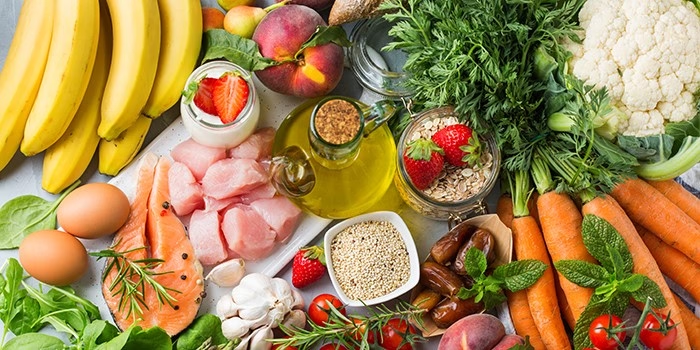
Mostly plant-based, with occasional meat or fish; “flexible vegetarian.”
Strategic inclusion of dairy/eggs/seafood or periodic lean meats makes 100+ grams/day realistic while keeping the pattern plant-forward.
Shifting toward whole-plant foods has been associated with lower risk across multiple chronic conditions; market data show consumers in 2024–2025 are prioritizing protein as a top label attribute.
Best for families or mixed-preference households who value sustainability, but should watch out for ultra-processed protein snacks that add excess sodium and sweeteners—whole foods are the better choice.
9) Intermittent Fasting (IF) with Protein Anchors

Time-restricted eating windows (e.g., 16:8 or 14:10) paired with strict protein targets per meal to protect lean mass.
Each eating window is “anchored” by 30–40 g protein to reach daily goals (e.g., 1.0–1.2 g/kg).
Weight loss via calorie control is common on IF; the protein component is what helps preserve muscle. This is especially relevant in the GLP-1 era, where appetite is suppressed and protein can be under-consumed.
Best for busy people who prefer fewer daily meals and clear structure, though meeting fiber, micronutrient, and protein needs can be harder in smaller eating windows, so plan dense, high-protein meals and consider a shake if needed.
10) “GLP-1-Smart” High-Protein Pattern
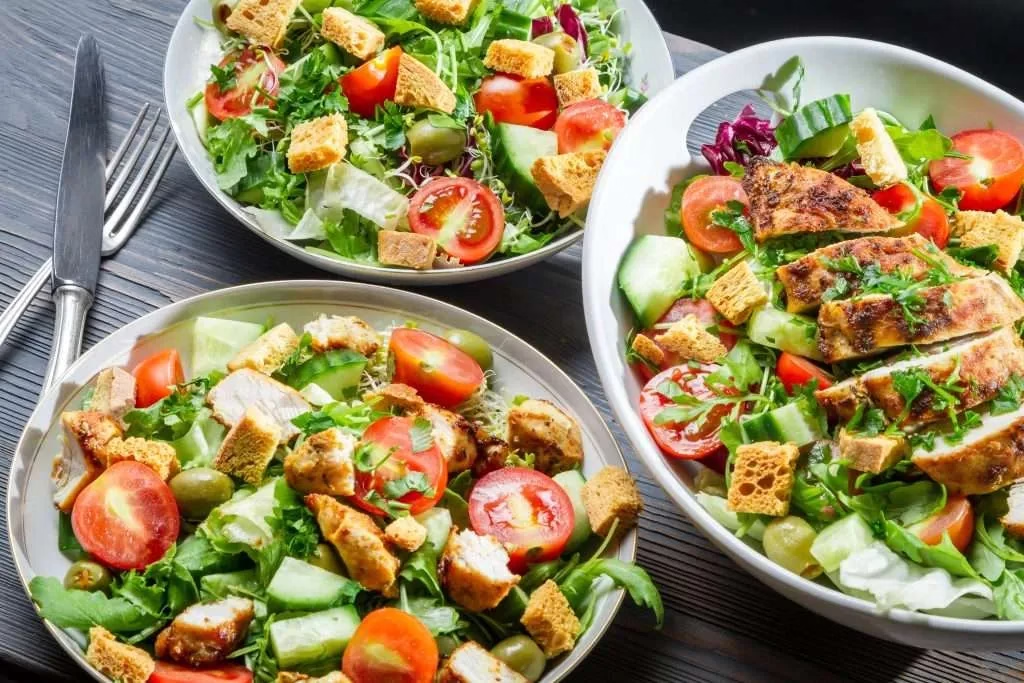
A deliberately high-protein, resistance-training-paired plan designed for people using GLP-1 receptor agonists (or similar agents) for weight management.
Appetite is reduced on GLP-1s, so meals are compact and protein-dense (e.g., 30–40 g per eating occasion) to maintain lean mass and bone health.
Reviews and clinical commentaries note heterogeneity in lean-mass changes on GLP-1s; nevertheless, the best preservation of muscle and bone is seen when adequate protein and exercise are combined.
Best for patients under medical supervision who want to optimize outcomes beyond the scale, but must prioritize hydration, micronutrients, resistance training, and ideally work with a registered dietitian.
Final word
A “protein-rich diet” isn’t one rigid plan—it’s a principle you can fit to your lifestyle. Whether you go Mediterranean, plant-forward, lower-carb, or GLP-1-smart, the through-line is simple: prioritize quality protein at each meal, pair it with plants, and lift something heavy a few times a week. Your future self—heart, muscles, bones, and brain—will thank you. If you want, say “expand” and I’ll build a printable week-long meal plan (with macros) for the style you choose.
Read more trending HEALTH NEWS here.
![]()
